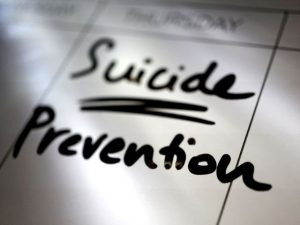Navigating a Mental Health Crisis
When mental illness is present, the potential for crisis should not be too far from one’s mind for the healthcare workers, family members, and co-workers. Once a crisis episode such as suicide occurs, the entire process can feel incredibly overwhelming with a flood of thoughts, emotions, reactions, and actions that must take place.
The most important area that nurses and healthcare members can assist those dealing with a mental health crisis is by offering information to the individual experiencing the mental illness along with family members.
Communication must be present with both the individual navigating through the mental health crisis along with the family member or loved ones.
As with any other health crisis, it is of vital importance to address a mental health emergency efficiently and quickly. As difficult as it can be with mental health conditions, crises can be almost impossible at times to predict unless there are warning signs.
And, it is important to note that crises can also occur even when treatment plans have been followed accurately with the involvement of mental health professionals.








